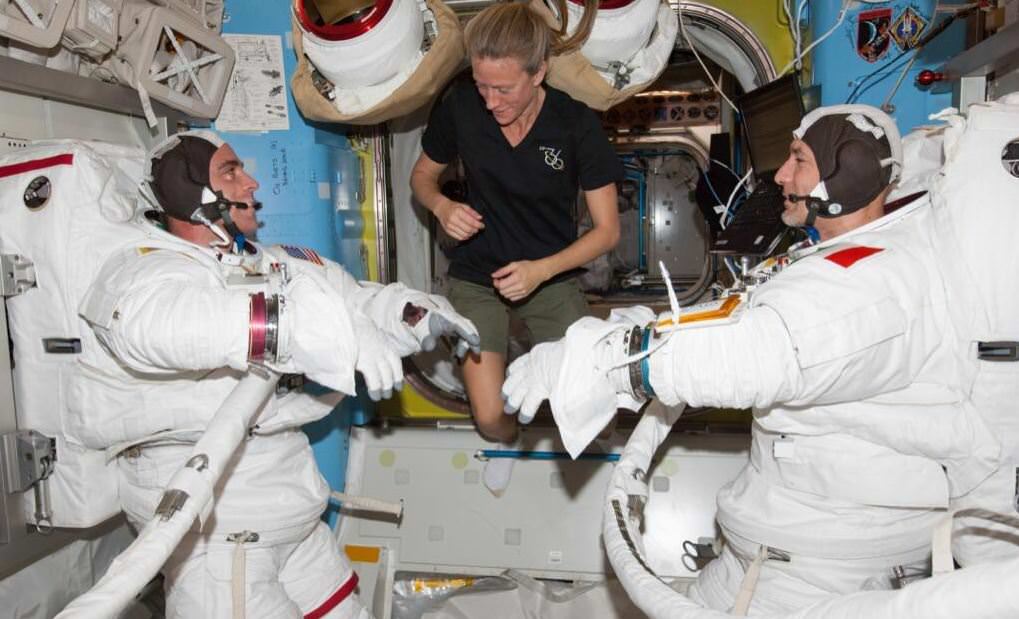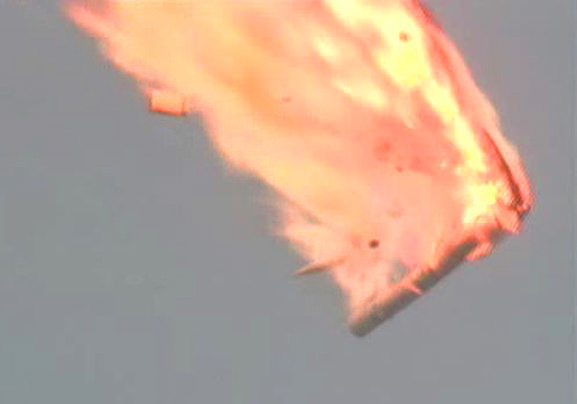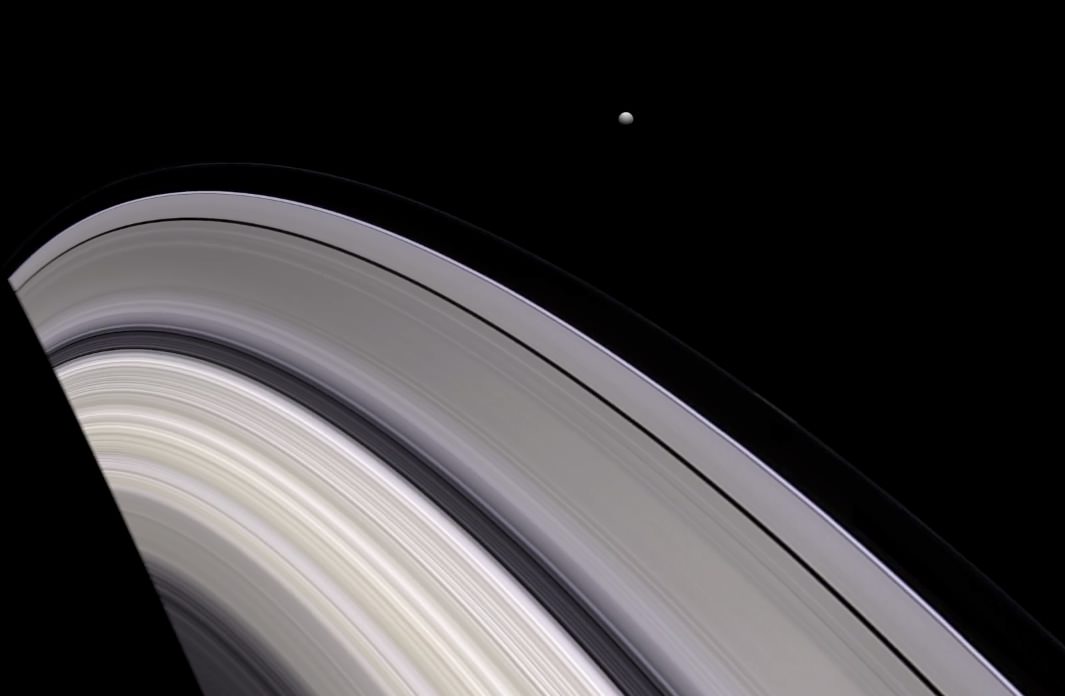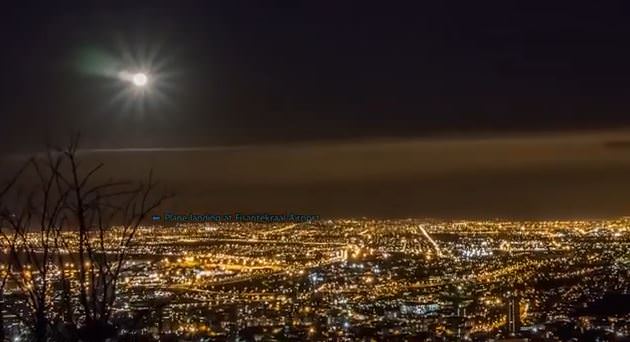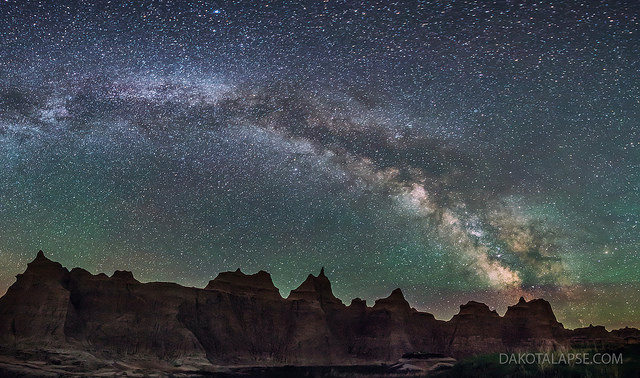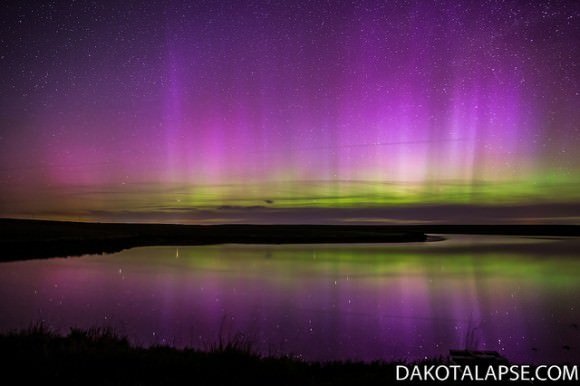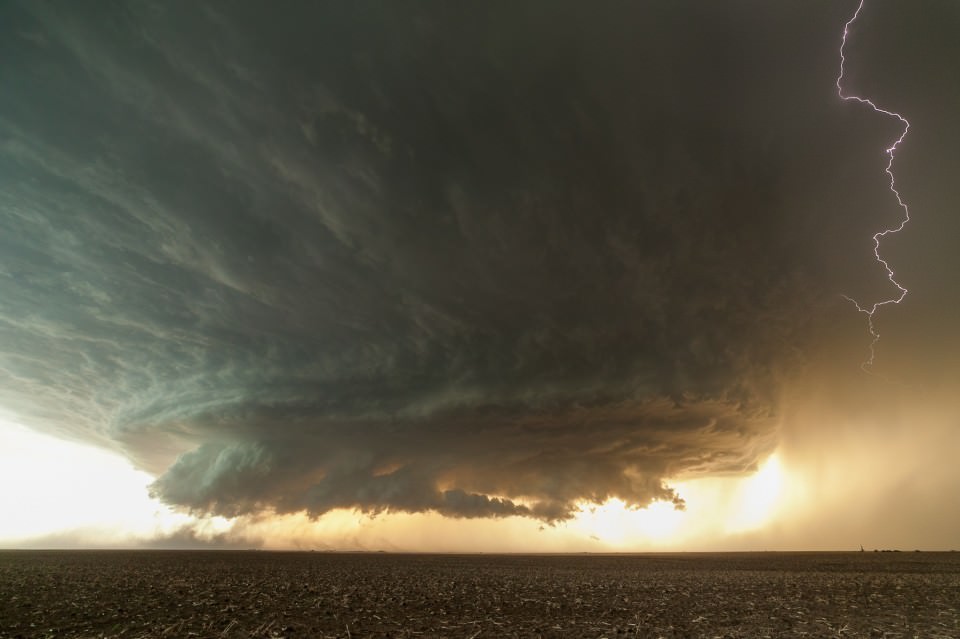If you’ve ever been involved in one, you know that even a minor vehicle accident is a confusing and scary event. Trying to desperately regain control of your own movement as you’re suddenly subjected to forces beyond your control is stressful and terrifying… now imagine it happening at 17,500 mph and 230 miles up and you’ve got an idea of what the upcoming film “Gravity” is about.
Still can’t quite picture it? Check out the latest trailer below:
Directed and written by Alfonso Cuarón and co-written with his son Jonas, “Gravity” is the story of two astronauts (played by George Clooney and Sandra Bullock) whose shuttle is destroyed by a run-in with space junk during an EVA, stranding them both in orbit.
If that wasn’t bad enough, their oxygen is running out and they have lost communication with the ground. Cast adrift in orbit, they have to figure out how to survive and get back home.
It’s like “Open Water” in space. Without the sharks. (Let’s hope things turn out better for them!)
I enjoy sci-fi and I especially enjoy when they try to get the “sci” part right. How do things move in microgravity? (Hint: really fast.) What happens when stuff smashes together? What would happen to the human body in that situation? And, most importantly for any movie, how do the people involved handle the experience?
Above all, “Gravity” is still a movie so it has to take us on a two-hour, candy-munching, soda-slurping ride. Based on this latest trailer, I’m confident that they’ve done their homework on the mechanics of movement in orbit… now let’s see if Cuarón (Children of Men, Y Tu Mamá También, Harry Potter and the Prisoner of Azkaban) has once again worked his storytelling magic to bring the characters to free-falling life.
A Warner Bros. Pictures production, “Gravity” will be released in IMAX 3D and 2D this October. See the official movie site here.
ADDED 7/25: Here’s a new clip, titled “I’ve Got You”:
Video ©2013 Warner Bros. Entertainment. All rights reserved.



